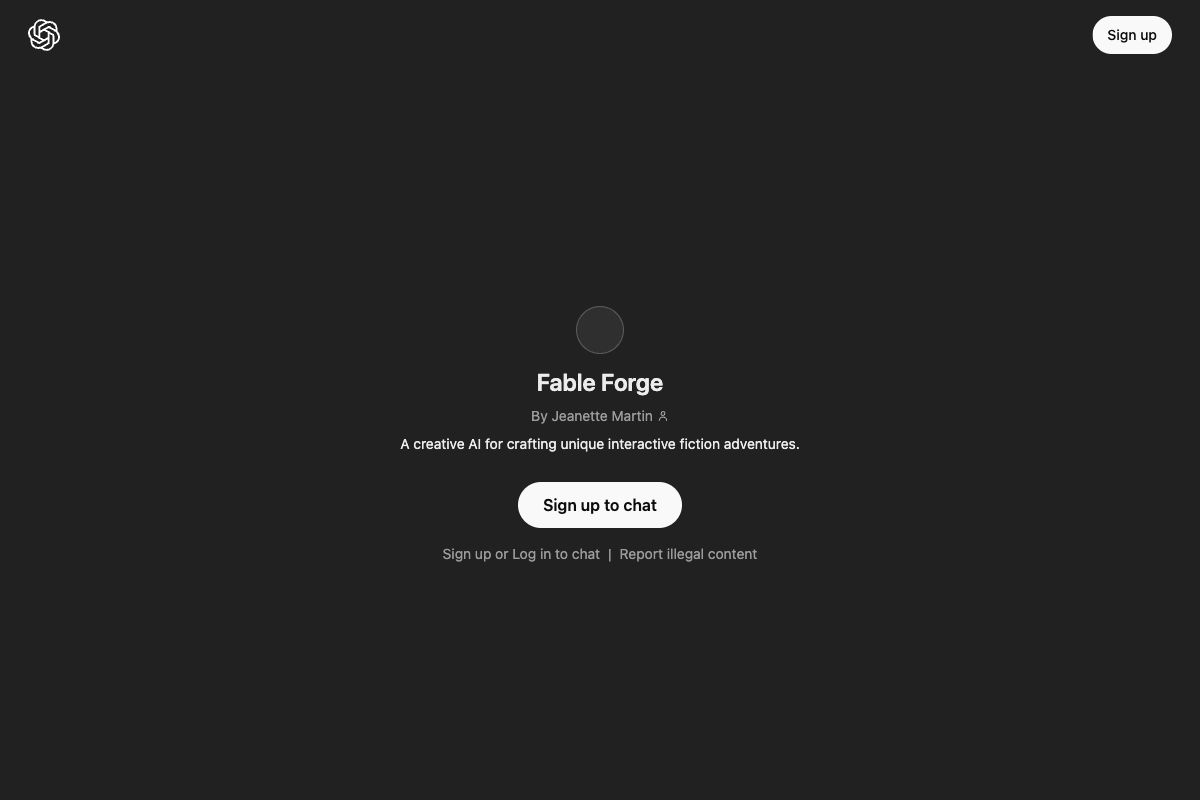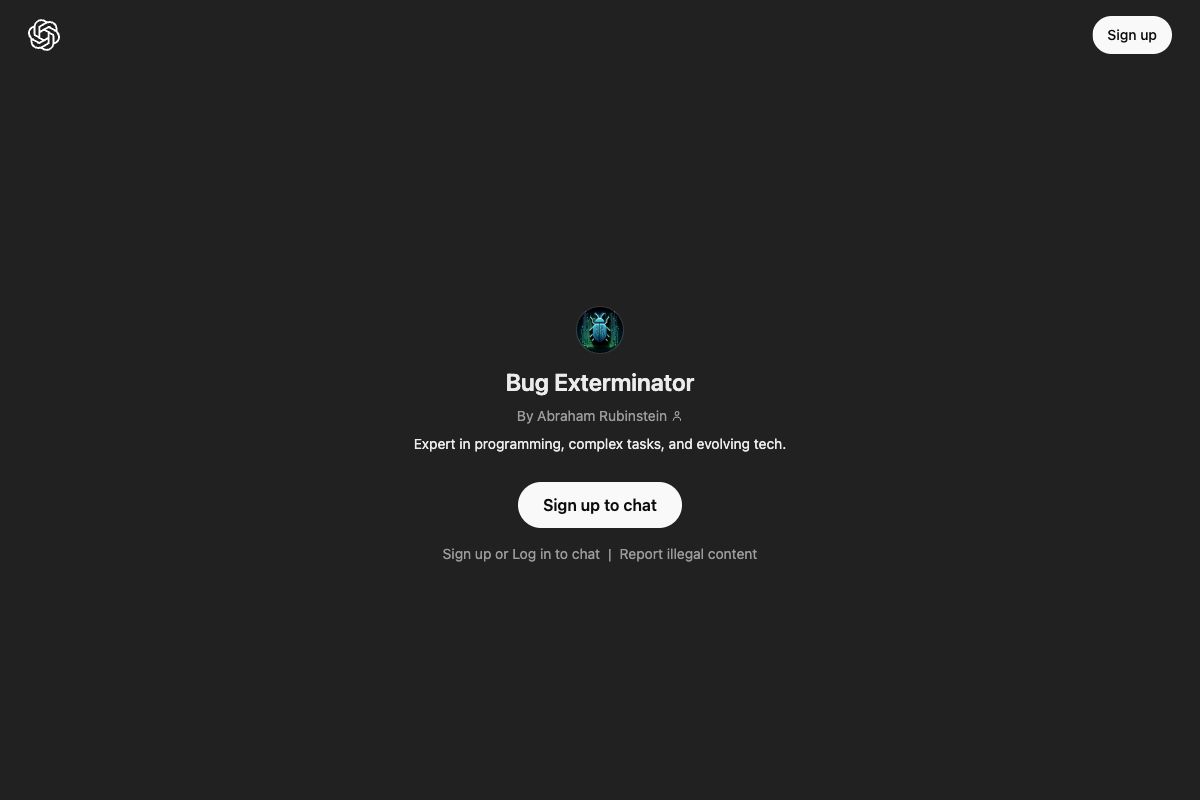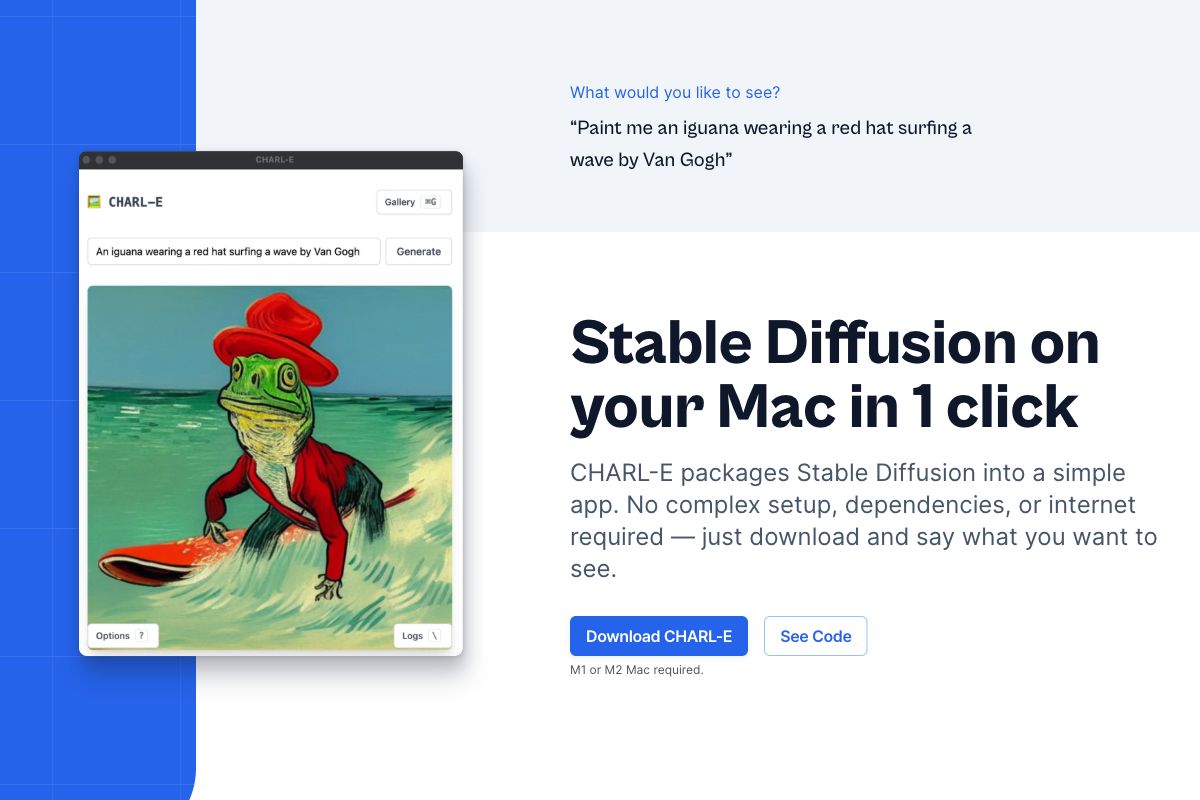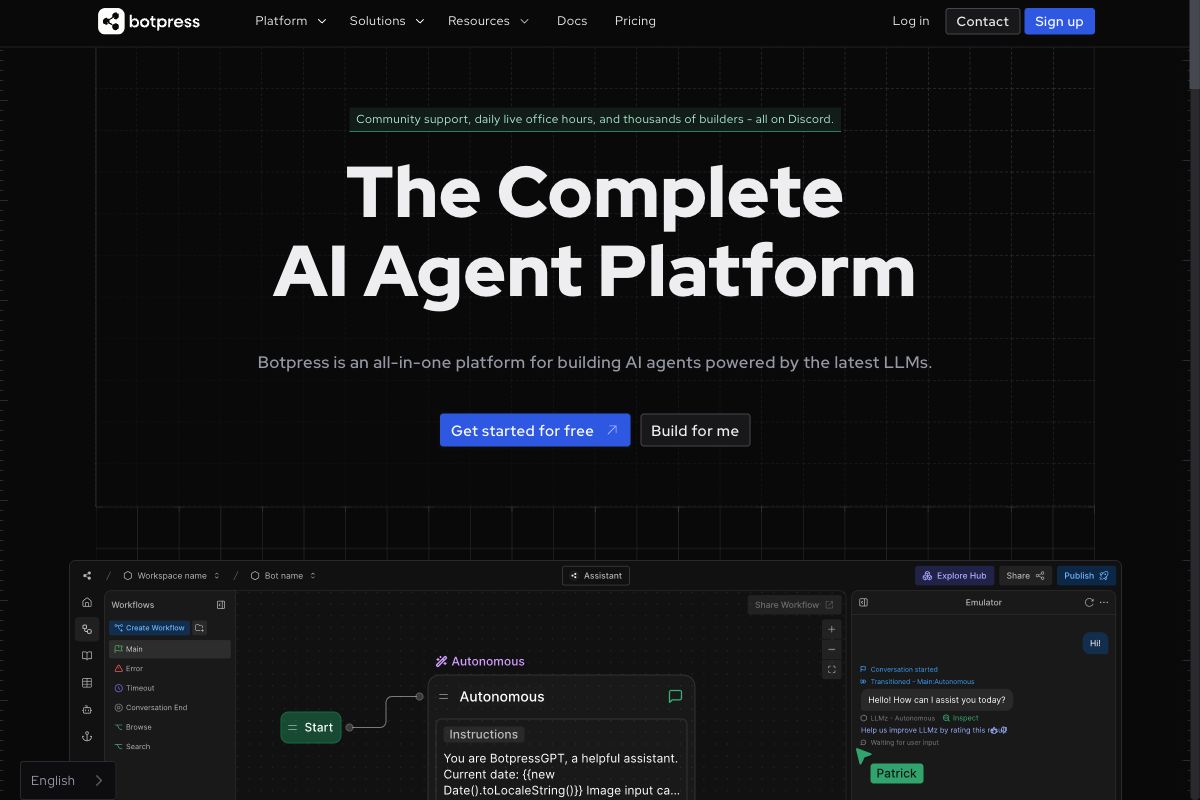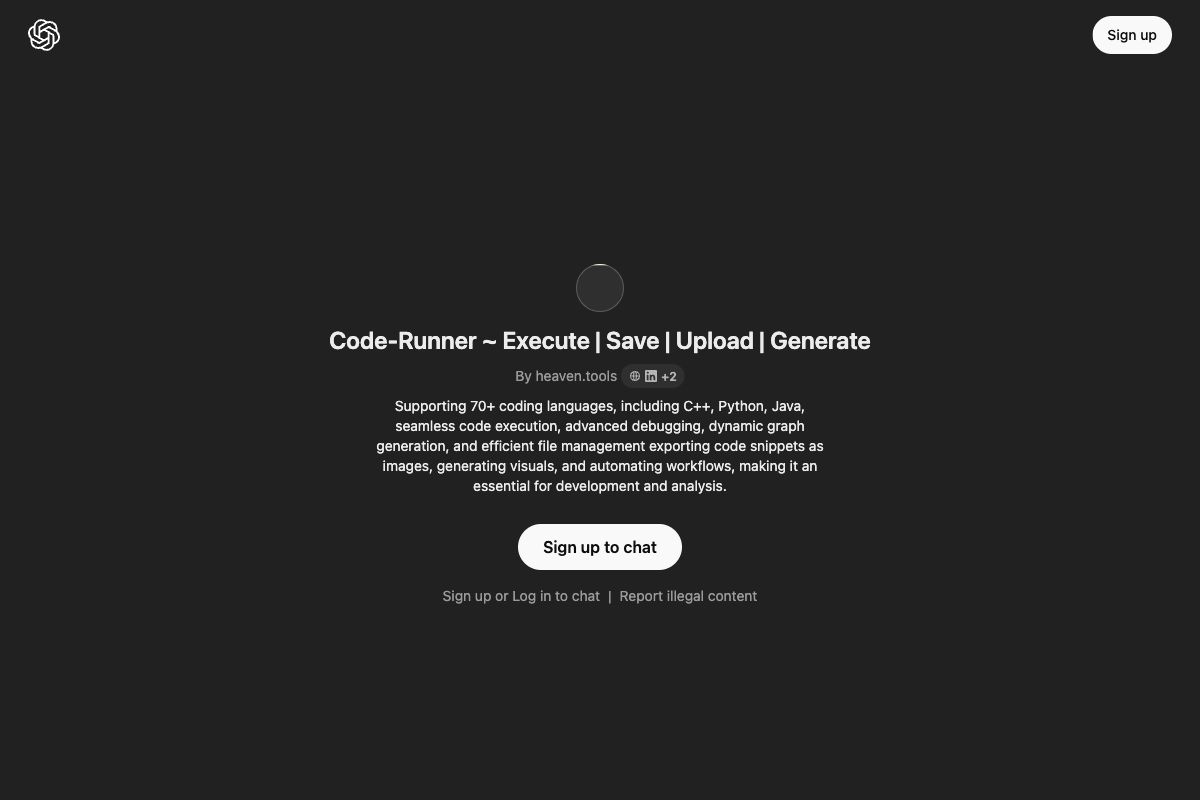LUMIERE - A Space-Time Diffusion Model for Video Generation
Lumiere introduces a revolutionary text-to-video diffusion model that tackles the challenge of synthesizing realistic, diverse, and coherent motion in videos. Using a Space-Time U-Net architecture, it generates the full temporal duration of the video in a single pass, differing from existing models that necessitate keyframe synthesis followed by temporal super-resolution. This method ensures global temporal consistency. The model employs spatial and temporal sampling and taps into a pre-trained text-to-image diffusion model to produce full-frame-rate, low-resolution videos across multiple scales. Lumiere supports a vast array of content creation tasks, including text-to-video and image-to-video generation, video stylization, inpainting, and more.
Key Features
Pros
- Generates realistic and coherent motion videos.
- Uses advanced Space-Time U-Net architecture.
- Facilitates a wide range of video editing applications.
- Ensures global temporal consistency.
- Integrates with text-based image editing methods.
Cons
- Potential misuse for fake content creation.
- Requires understanding of diffusion models.
- May not produce high-resolution videos.
- Dependence on pre-trained models for quality.
- Limited by current technological constraints.
Frequently Asked Questions
What is the primary function of Lumiere?
Lumiere is primarily designed for synthesizing videos that portray realistic, diverse, and coherent motion through a text-to-video diffusion model.
What architecture does Lumiere use?
Lumiere uses a Space-Time U-Net architecture to generate videos.
What video editing applications does Lumiere facilitate?
Lumiere facilitates text-to-video, image-to-video conversion, video stylization, inpainting, and other video editing applications.
What are the limitations of using Lumiere?
Limitations include the potential for misuse, dependence on pre-trained models, and constraints in producing high-resolution videos.
Who are the authors of the Lumiere project?
The authors include Omer Bar-Tal, Hila Chefer, and several others from institutions like Google Research and the Weizmann Institute.

